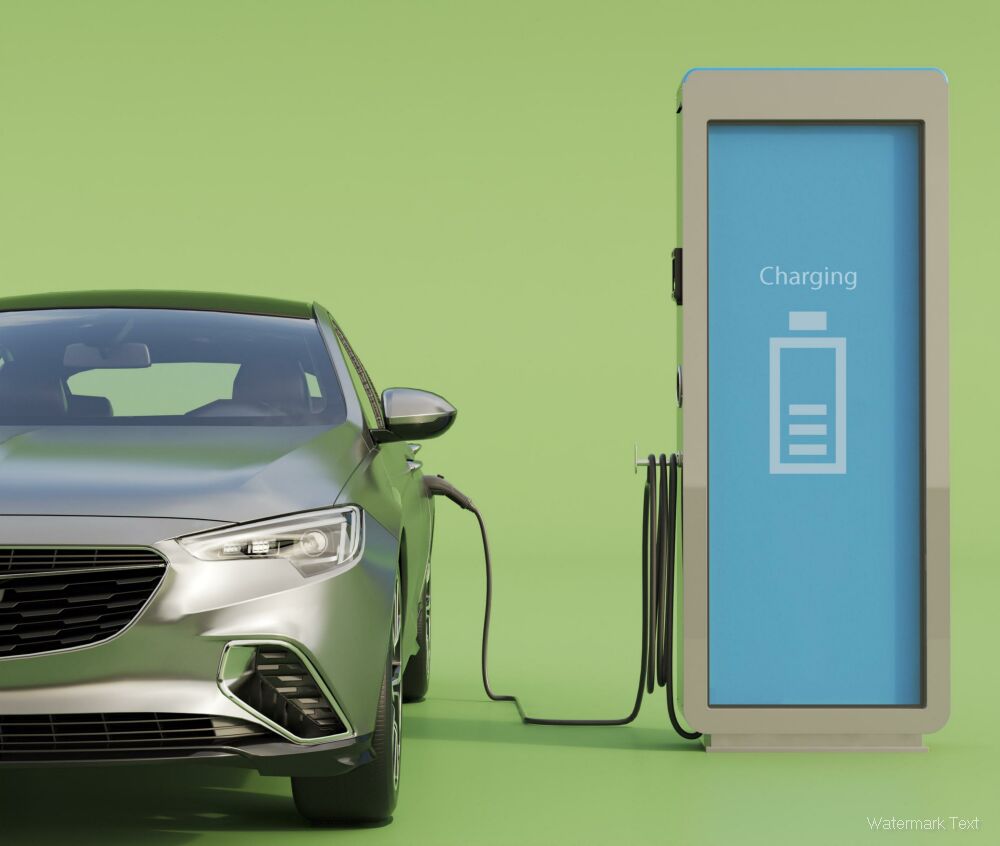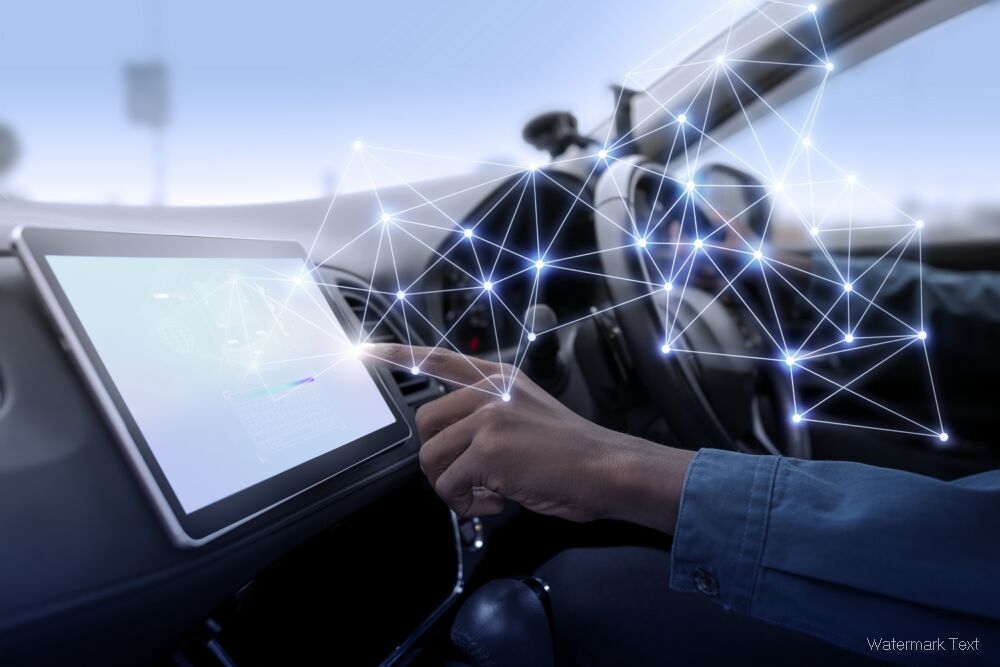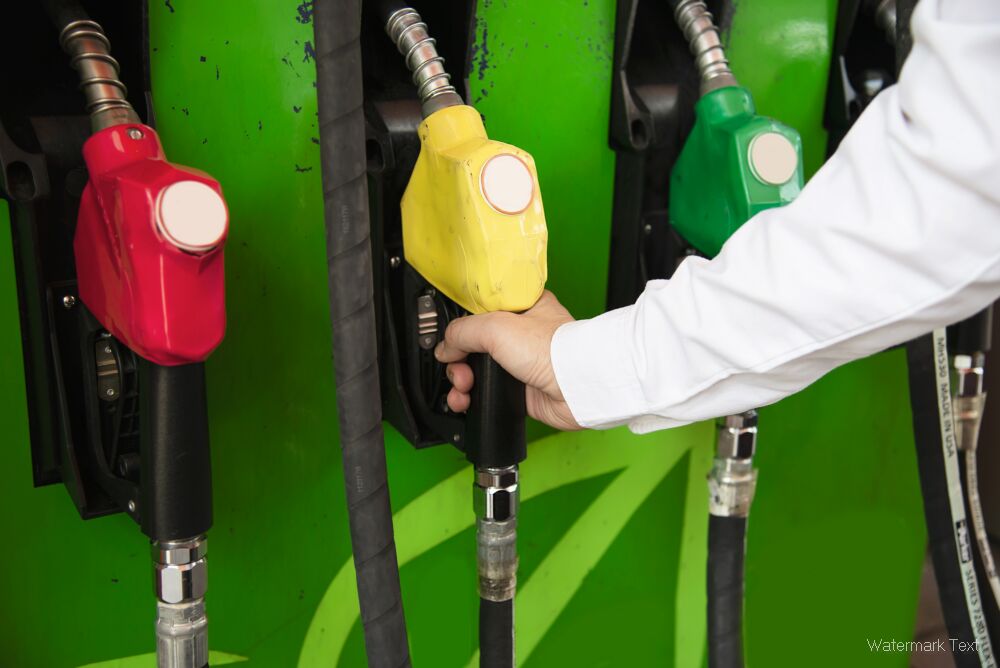As urban populations continue to swell, the demand for innovative transportation solutions is more pressing than ever. Car sharing and Mobility-as-a-Service (MaaS) are at the forefront of this revolution, promising to reshape how we think about travel. ?? With the rise of technology and changing consumer preferences, the future of mobility is not just about owning a vehicle; it's about accessing transportation in smarter, more efficient ways.

The Rise of Car Sharing
Car sharing has gained significant traction over the past decade. According to a report by Statista, the global car-sharing market is projected to reach $11.5 billion by 2026, growing at a compound annual growth rate (CAGR) of 24.5% from 2021 to 2026. This growth is fueled by urbanization, environmental concerns, and the increasing cost of vehicle ownership.
Here’s a breakdown of the car-sharing market growth:
| Year | Market Size (in Billion $) | CAGR (%) |
|---|---|---|
| 2021 | 3.5 | - |
| 2022 | 4.5 | 28.57 |
| 2023 | 5.8 | 29.55 |
| 2024 | 7.2 | 24.14 |
| 2025 | 9.0 | 25.00 |
| 2026 | 11.5 | 27.78 |
The table above illustrates the rapid growth of the car-sharing market, highlighting the increasing acceptance of shared mobility solutions. ?✨
The Role of Technology in MaaS
Mobility-as-a-Service (MaaS) integrates various forms of transport services into a single accessible and customer-friendly platform. This concept is gaining momentum, with cities around the world exploring MaaS solutions to enhance urban mobility. A study by McKinsey estimates that MaaS could reduce urban traffic congestion by 15-30% and lower transportation costs for users by 20-40%.
Key components of MaaS include:
- Integration of Services: Combining public transport, ride-hailing, bike-sharing, and car-sharing into one app.
- Real-Time Data: Providing users with real-time information on transport options, availability, and pricing.
- Subscription Models: Offering flexible payment options that cater to different user needs.
Current Trends in Car Sharing and MaaS
The trends shaping the future of car sharing and MaaS are diverse and dynamic. Here are some noteworthy statistics:
- User Demographics: A survey by Deloitte found that 60% of millennials prefer using shared mobility services over owning a car.
- Environmental Impact: Car-sharing users can reduce their carbon footprint by up to 50% compared to traditional car ownership. ??
- Urban Adoption: Cities like Amsterdam and Helsinki are leading the way in MaaS implementation, with over 30% of residents using shared mobility services regularly.
To visualize these trends, here’s a table summarizing the key statistics:
| Trend | Statistic |
|---|---|
| Millennials Preference | 60% prefer shared mobility |
| Carbon Footprint Reduction | Up to 50% reduction |
| Urban Adoption | 30% of residents use MaaS |
Challenges Ahead
Despite the promising outlook, the car-sharing and MaaS sectors face several challenges. Regulatory hurdles, data privacy concerns, and the need for infrastructure investment are significant barriers to widespread adoption. Additionally, the COVID-19 pandemic has altered commuting patterns, leading to a temporary decline in shared mobility usage. However, as cities adapt and innovate, these challenges can be addressed.
The Future Landscape
Looking ahead, the future of car sharing and MaaS is bright. With advancements in electric vehicles (EVs) and autonomous driving technology, the landscape is set to evolve dramatically. By 2030, it is estimated that 30% of all vehicles on the road will be electric, and shared mobility services will play a crucial role in this transition.
Here’s a projection of the electric vehicle market growth:
| Year | EV Market Size (in Billion $) | Percentage of Total Vehicles (%) |
|---|---|---|
| 2021 | 163 | 3.2 |
| 2022 | 250 | 4.5 |
| 2023 | 350 | 6.0 |
| 2024 | 500 | 8.0 |
| 2025 | 700 | 10.0 |
| 2030 | 1,500 | 30.0 |
The integration of EVs into car-sharing fleets will not only enhance sustainability but also improve the overall user experience. ??
Conclusion
The future of car sharing and Mobility-as-a-Service is not just a trend; it’s a transformative movement that promises to redefine urban mobility. As technology continues to advance and consumer preferences shift, we can expect to see a more interconnected, efficient, and sustainable transportation ecosystem. For more insights on the future of mobility, check out resources from McKinsey and Statista.
Embracing these changes will not only benefit individual users but also contribute to healthier, more sustainable cities. The road ahead is exciting, and the journey has just begun! ?



